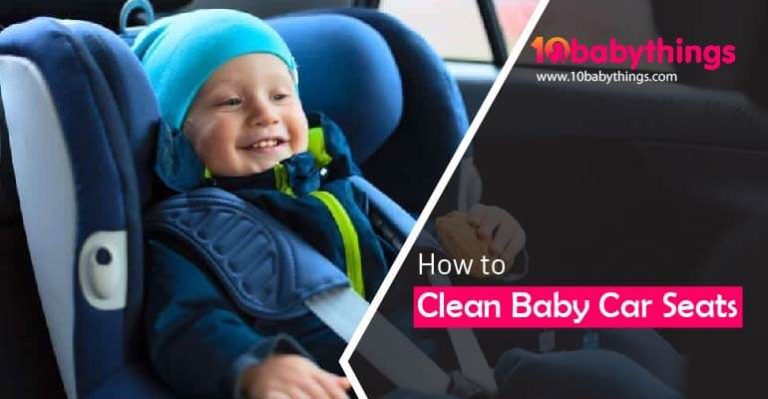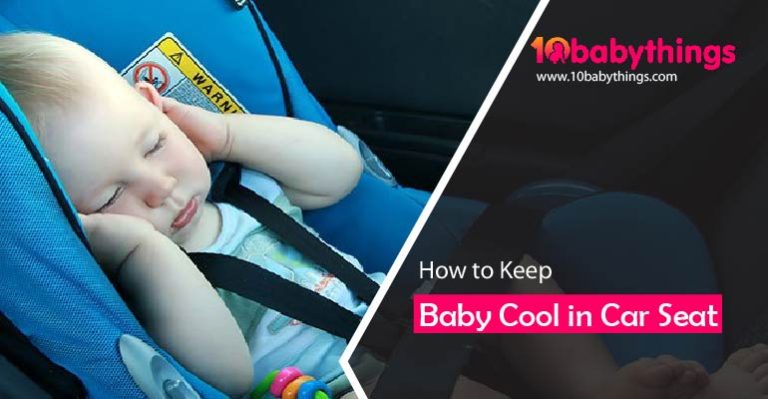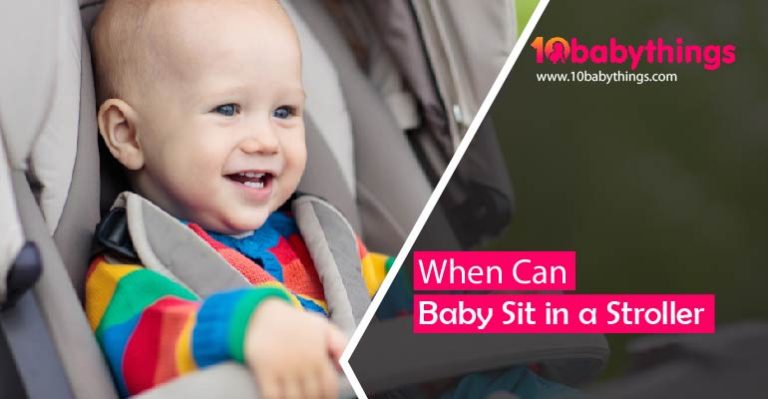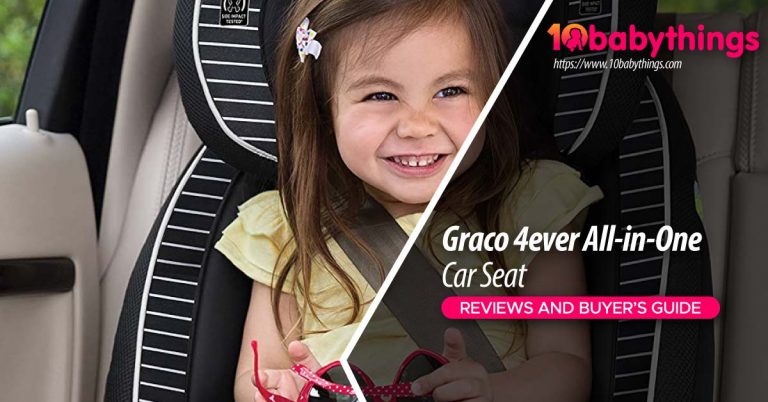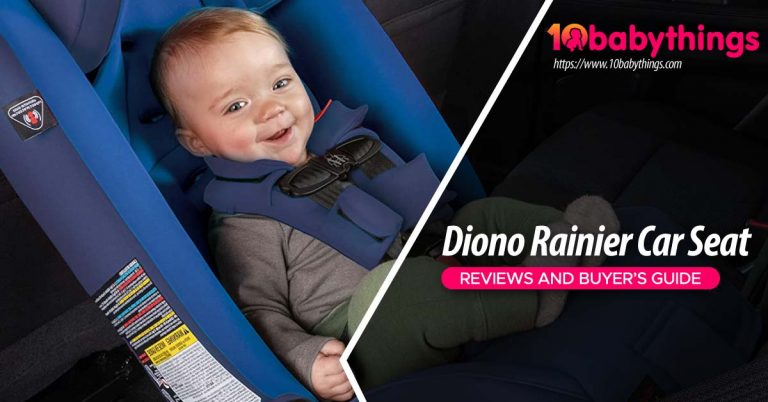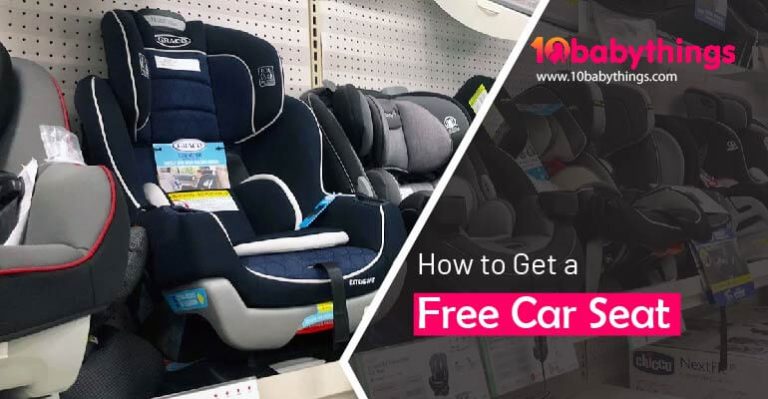How to Properly Install an Infant Car Seat

The proper way to install your car seat can be a challenge if you’re a new parent.
Before your new baby arrives, you’ve prepared as much as you can for this exciting time in your life.
As your child grows, there will be so many milestones you want to be there for.
Safely bringing your infant home is the first step.
A study found that 91% of parents leaving the hospital made one or more critical errors when it came to infant car seats. A car seat must be installed and the infant must be placed in the car seat.
Here’s how a car seat should be installed properly. Here are some tips to help you avoid common mistakes.
Check Also: Best Infant Car Seats
How Should the Car Seat Be Placed?
Start by checking your car’s manual. Find out where a child seat should be installed in the child passenger safety section. For more information, read the car seat manual.
According to a study, the safest position for your baby’s car seat is the center of the second row. Even though head-on collisions are common accidents, side impacts can sometimes be worse. Having a baby in the middle protects them from both front and side accidents.
Having more than one child, however, makes this impossible. Aside from that, not all vehicles come equipped with LATCH anchors in the middle seat (although most car seats can be installed using a seat belt). “Lower Anchors and Tethers for Children” is the acronym for the LATCH system.
The car seat installation tool was designed to make the process easier for parents. These anchors are found on most car models manufactured after 2003.
Passenger or Driver Side: What’s the Best?
Accidents often result in the driver instinctively protecting his or her side. If you’re both in the same side of the car, you won’t have to walk around it.
When they’re directly behind you, it’s harder to keep an eye on them. It’s obvious that safety should be the top priority, isn’t it?
Is it possible to have more than one?
The newborn should be placed in the center position if you have two kids. It is more vulnerable than the older child. Use the outside seats instead of two baby seats if they can’t be put next to each other. Putting the child on the driver’s side will save time when they are buckled in and out.
The back seat could get crowded if you have three kids. The car seats you need will fit your car if you get narrow ones. The rear seat should always be used for children under 13 years old.
How should the seat be facing?
The child should remain rear-facing until he or she reaches the weight or height limit, whichever comes first. Check the manual of your car seat for the limits of all car seats.
There is no general limit to how much an infant car seat can support. It is possible for convertible seats to have weight limits between 35 and 50 pounds when facing rearward.
Up to 22 pounds can be supported by infant carriers. There is a wide range of weights for convertible seats.
In many cases, parents believe that rear-facing children are at risk for leg injuries. Car accidents are less likely to cause lower-extremity injuries to rear-facing children, however. In addition, children are quite flexible, and rear-facing is usually not uncomfortable for them.
They are more likely to suffer nearly all types of injuries when facing forward. An accident causes a child to hit his feet on the front seat, violently throwing his head and neck forward.
Your child could be severely injured or killed by airbags if they deploy at a dangerous speed. Depending on the model of your vehicle, you may be able to turn off the airbag with the key. Nevertheless, the possibility of malfunctioning with any other type of airbag makes them too dangerous. A crash can still cause airbags to deploy despite not being 100% accurate.
Car seat installation for infants and toddlers
46% of car seats are used incorrectly, according to the US National Highway Traffic Safety Administration. Several municipal facilities, including police departments, fire departments, hospitals, car dealerships, and hospitals, offer free inspections of car seats if you’re unsure whether they have been installed correctly. Here is a list of local options based on your ZIP code on NHTSA’s website.
Ensure your child has the proper protection by following these simple tips if this is your first time installing a car seat.
1. The seat should be placed on the base first. Angle adjusters are available on many car seats. The angle should be between 30 and 45 degrees.
2. The seat belt should then be run through the seat belt path. An arrow will indicate where the car seat is located. As soon as you have ensured the belt buckles, you should tighten it by pulling the shoulder portion while holding the base down with your hand. When transporting a car seat, it keeps it from moving around. Furthermore, you should make sure that the belt is tight, as it should not extend more than one inch from the belt path. Ensure that the angle indicators stay between 30 and 45 degrees.
3. Your vehicle will feature the LATCH system if it was made after 2002 (we’ll discuss it in more detail later). The seat belt can be replaced with this. On the seat of the vehicle, look for the LATCH anchors. Reattach the buckles to the anchors on the back or side of the car seat. Clicking them into place will let you know that they are secure.
4. You should hear a click when you insert the rear-facing seat into the base. This ensures it’s positioned correctly. Make sure your child is seated with their back up against the seat. It’s now time to secure them with the harness. Prior to buckling the harness, confirm that the straps are level with the shoulders of the child. The pinch test is the final step in checking for tightness. It is necessary to tighten the belt if you are able to pinch it together. You should place the retainer clip across the chest of your child, at the level of their armpits.
Preschool car seat installation instructions
Before switching your child to a forward-facing car seat, make sure you know the height and weight requirements for the seat. The following tips will help them make the switch smoothly when it comes time.
1. Starting with the correct angle and firmly securing it in place is the first step. The best way to install the seat is to park your car on a level surface. Using this method, you will be able to read your angle indicators correctly.
2. Be sure to lock them firmly with the top latch. The result will be that your child will not be able to move forward by six to eight inches in the event of a crash. To find out where your vehicle’s anchors are, consult your owner’s manual. A cargo hook cannot be attached to the car seat as a result.
3. The car seat should be placed on your child. When the harness straps are at shoulder level or higher, they’re in the proper position.
Booster seat installation instructions
It is inevitable that your child will surpass the height and weight limits of their car seat as they grow. The weight limit on many models ranges from 40 to 90 pounds. When their ears reach the seat top, they are too tall for the car seat.
You’re moving them to a booster seat if either or both of them apply. The following tips will help you protect your child properly.
1. Booster seats are installed over regular seats in vehicles. The LATCH anchors or the seat belt can be used to secure the booster seat.
2. Shoulder and lap restraints should be provided. A lap belt should be placed over your child’s upper thighs, while a shoulder restraint should be placed over their chest.
3. By pinch testing these restraints, you can make sure they are tight. The restraint should be tightened if you notice much slack (the belt can be pressed together).
4. Booster seats should be used until a child reaches around 4 feet and 9 inches in height — around 8 to 12 years of age.
Here are some handy tips for car seats
- What is the safety of sleeping in the car seat for a baby? While on a short trip, you can take a quick supervised nap. This is not generally the purpose of car seats. Leaving the baby unsupervised could result in suffocation or strangulation.
- In the shopping cart, can you use your child’s car seat? It is not recommended to use a car seat on top of a shopping cart despite the fact that it is fitted with a locking mechanism. While this may be convenient, it could potentially result in the cart tipping over. A shopping cart basket can be used for the car seat instead, or a carrier can be used for carrying your baby.
- Are baby car seats allowed on flights? Airplanes are able to use most baby seats. A child safety seat is recommended by the FAA for infants and children under 40 pounds on flights. In order to secure it in place, you simply need to use the seat belt on the plane.
- Why do bulky clothes bother you? Children wearing bulky clothes shouldn’t be strapped in. Straps cannot be tightened properly and safety is compromised. If it’s cold outside, cover your baby with a blanket after you strap them in and dress them in a thin fleece.
- Check-in with your local car seat inspection station if you are unsure about your installation. You can usually get free assistance from a certified technician through the National Child Passenger Safety Certification Program.
- The tether must always be attached to the vehicle’s tether anchor if the forward-facing seat is installed using the tether. In this way, you can be sure that your child is as safe as possible. In the event of a crash, the tether reduces forward movement.
- If you’re going to use a booster seat, when should you switch? Harnessed car seats should be used until your child outgrows either their height or weight. Children can remain harnessed until they weigh 65 pounds in most car seats, so they could remain harnessed for quite a while. It is strongly recommended that you wait until your child is at least five years old before allowing him or her to sit in a proper position in the car for the entire journey. A milestone like this shouldn’t be rushed. The five-step test can be passed when your child reaches around 4’9″, at which point they need to be in a booster seat.
- Children as young as 2 are often strapped to an infant seat that is not suitable for their age. The worst thing is seeing a 2-year-old in a booster seat.It is a dangerous mistake to make either of these. To protect your child, you must follow the weight and height recommendations of your car seat.
- Getting creative with your car seat isn’t recommended: Parents have tied car seats with bungee cords and duct tape. It is extremely dangerous to use these methods because they cannot withstand crash forces.
- Online secondhand car seats should be avoided as hand-me-downs. The technology and safety features of car seats change every year, resulting in expiration dates. You shouldn’t risk your child’s life by using an old seat unless you have the manual and know it wasn’t in a crash.
- If your baby is rear-facing, you should always wear the harness straps at or below the shoulders. Securing a forward-facing child requires them to be situated at or above the shoulders. In addition, make sure they are snug enough. If there is any slack in the strap near the shoulder of the child, you should not be able to pinch it.

